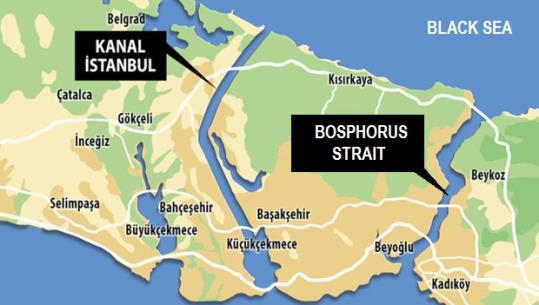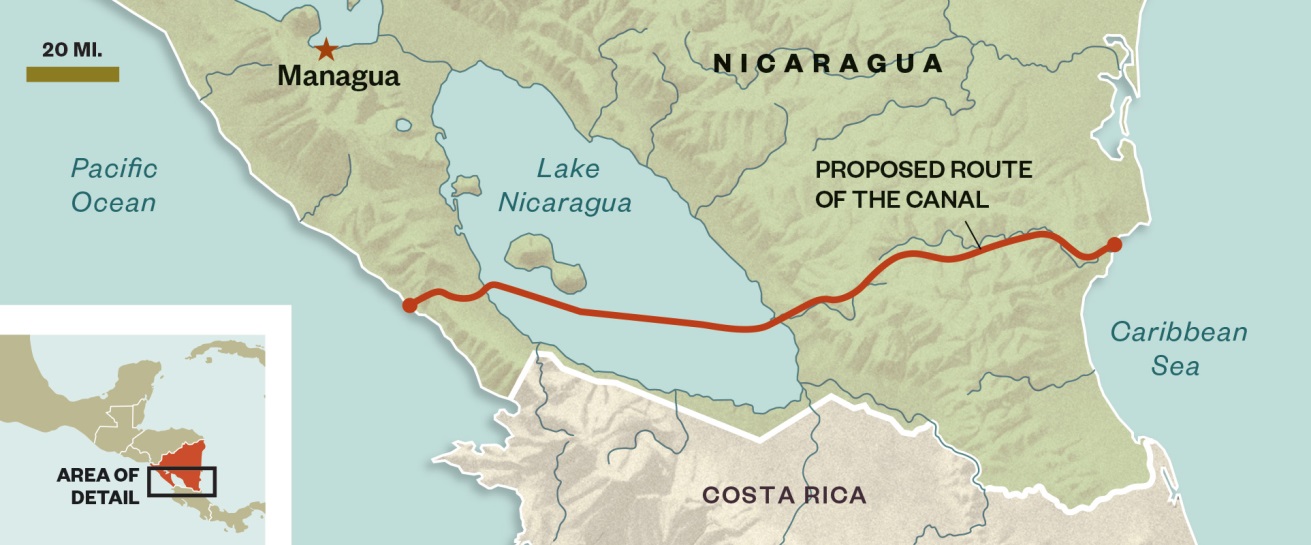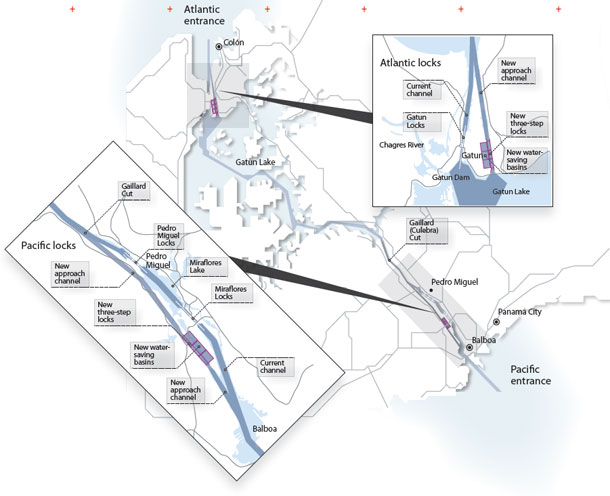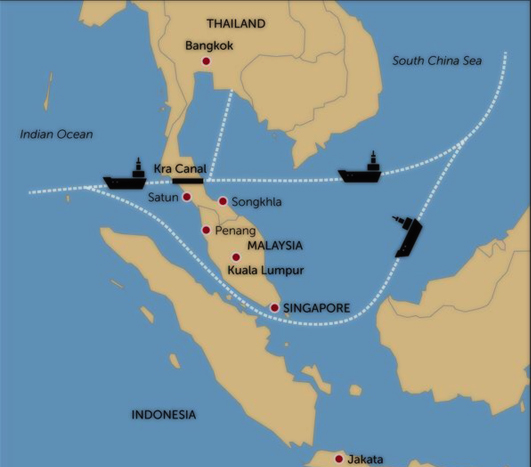– Real, Plausible and Improbable Disruptions in this Sector –
by Radu Serrano – Trade Specialist AmCham Panama
Innovative disruptions, small and big, are always part of life, and the maritime & logistics sector is no stranger to them. In this article we will explore some real, some plausible and some currently improbable disruptions that will have a long lasting effect in this sector.
e-Certificates
Going paperless is the new environmental trend. Maritime & logistics processes involve the issuance and review of many certificates. Paper documents are inefficient due to a reliance on manual processes, and the risk of damage, loss and/or forgery. While the benefits to switching to e-Certificates include reducing costs and gaining competitive advantages, it has not been wildly embraced. This is mainly because there is no consistent format for verifiable features. The International Maritime Organization (IMO) issued the latest Guidelines for the Use of E-Certificates in 2016. Nonetheless, as the name suggests, these guidelines are nonbinding.
Self-driving Cargo Ships
Japanese shippers plan to develop the technology needed to introduce smart autonomous ships by 2025. These smart ships could gather and process live environmental data in order to plot the safest, fastest and most fuel-efficient route. These vessels could also modify them to avoid and react to dangers and obstacles. While this advancement would signify a reduction of personnel, it would free up space to carry more cargo and the voyage would be cheaper and safer. Japanese companies are not the only ones exploring this innovation; British and Norwegian companies have already started and voiced their beliefs that such results will be ready before the end of this decade. Additionally, the Port of Rotterdam has even started test runs and simulations on how to adapt to this upcoming technology. On the administrative side, the IMO is working to consider the regulation of autonomous ships.
 |
New and/or expanded canals
|
Kanal İstanbul It is a proposed secondary sea-level waterway, running parallel to the Bosphorus Strait, which would reduce traffic through the latter. The canal's length will be around 40 to 45 kilometers and its surface width will measure around 145 and 150 meters. Turkey’s Transportation Minister has stated that preliminary studies presented five alternatives for the route and that the cost of the endeavor will reach $15 billion. Along with the waterway, there is a planned airport, multiple roads and other similar infrastructure projects which will complement each other and benefit the region. The first stages of auxiliary buildings were initiated in 2013 and the project is intended to be ready by 2023, as to coincide with the 100th anniversary of the foundation of the Turkish Republic. |
|
|
|
Nicaragua Canal First devised around 1825, the project was greenlighted in 2012. The entire project would have included: the canal, the locks, two harbors, a free trade zone, tourist centers, an international airport, and several roads. Understandably, it has met fierce opposition from the beginning due to its immense cost and environmental impact. As of this year, it has been reported that this plan is on hold, and that there has been no advancement of this project. |
|
Panama Canal In its first year of operations, the expanded Canal has set records and exceeded expectations. According to the Panama Canal Authority (ACP), more than 1,500 neopanamax ships have transited the waterway. These include container, LPG, LNG and bulk carriers, tankers, ro-ro and cruise ships. The Panama Canal tonnage has increased 22.2% between the fiscal years of 2017 and 2016. Due to the increasing demand and traffic, the ACP has already drawn up ideas for a fourth set of locks. But before anyone can act, more water resources must be secured to support such a plan. |
|
|
|
Kra Canal In order to shorten transit times between the Indian and the Pacific Oceans it has been proposed to cut through the Kra Isthmus of southern Thailand. Initially thought up 200 years ago, this project has previously been discarded due to financial, environmental and security concerns. However, it may still make a comeback as a part of the Maritime Silk Road plan of China´s larger international Belt & Road Initiative, with the official endorsement of the Thai government. Its successful development would improve the economy, increase the employment opportunities and make Thailand more competitive, while reducing the overuse of the Strait of Malacca and opening new business opportunities for both Malaysia and Singapore. |




